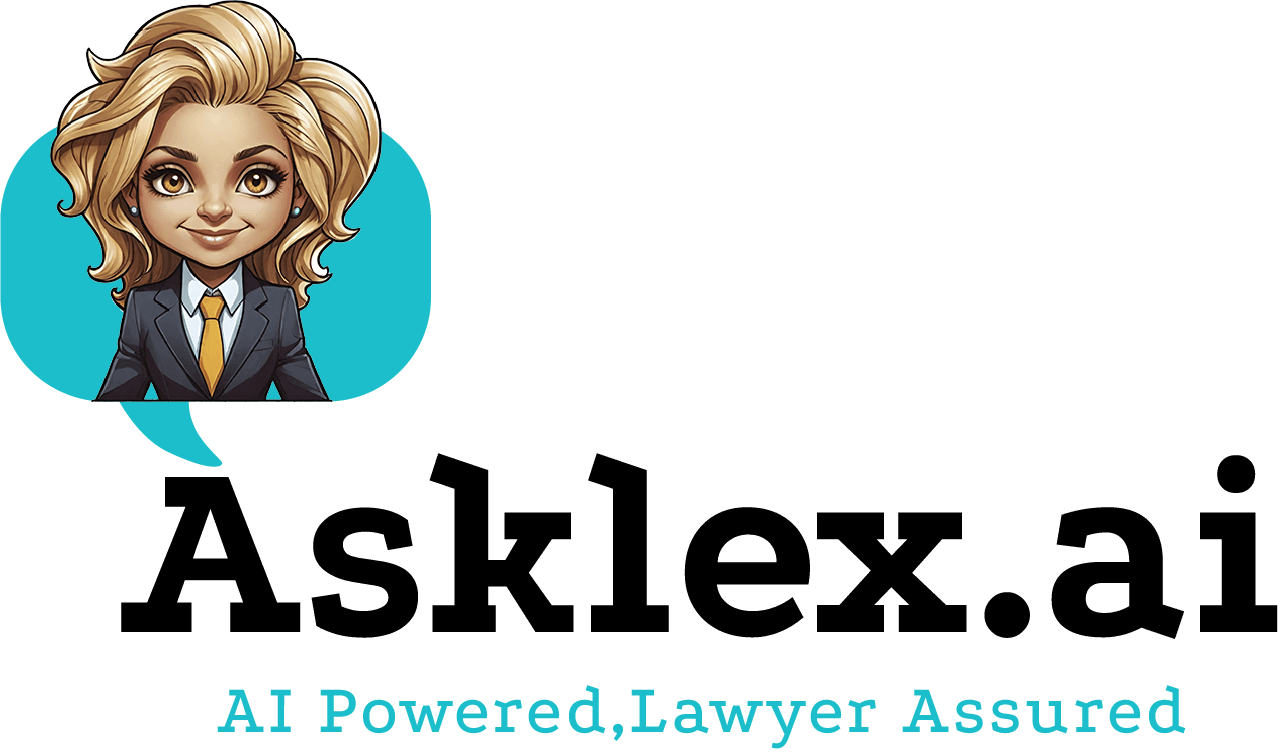So, you’ve just completed a creative masterpiece—a painting, a novel, a song, or a fabulous design—and you’re ready to share it with the world. But a little voice in your head whispers, “What if someone copies it without your permission?” Don’t worry; you’re not alone in this concern! Many creators have the same question: How can you protect your creative work from being copied?
Let’s explore the essentials without diving into the legal mumbo jumbo.
Copyright: Your Creative Best Friend
Think of copyright as the invisible shield that guards your creative work. When you create something original and fix it in a tangible form (such as writing it down, recording it, or painting it), copyright protection kicks in automatically. This aspect of copyright is fabulous because you don’t have to lift a finger—or pay a dime—to get basic protection.
What does copyright protect? It covers the expression of your ideas, not the ideas themselves. So, your particular arrangement of words in a song, the unique brushstrokes in a painting, or the specific notes in a melody are protected.
What rights do you have? As the copyright holder, you have the exclusive right to reproduce the work, display or perform it publicly, and create derivative works (like a movie adaptation of your book). Plus, you can license or sell these rights if you wish.
Trademarks: Protect Your Brand
If your creative work involves branding—like a logo, a brand name, or a slogan—you might consider a trademark. A trademark protects anything that distinguishes your goods or services from others. For instance, if you’re selling your artwork as part of a brand, trademarking your logo can prevent others from using a similar design.
Patents: For Inventions
While patents generally aren’t used for typical art forms, they’re crucial for protecting inventions. If your creative work involves a new and useful process, machine, or composition of matter (perhaps an innovative art tool), you might consider patent protection.
Practical Tips to Protect Your Work
1. Document Your Work: Keep detailed records of your creative process and the date of creation. While not required for copyright, having a paper trail can be handy if you need to prove ownership later.
2. Use Watermarks: For visuals like photos or digital art, adding a discreet watermark can deter unauthorized use and help in identifying your work if it’s shared without permission.
3. Consider Registration: While copyright is automatic, registering your work with the relevant government office (like the U.S. Copyright Office) offers additional advantages, such as the ability to sue for statutory damages in case of infringement and establishing a public record of your copyright.
4. Use Creative Commons Licenses: If you wish to share your work but still maintain some rights, consider using a Creative Commons license. These licenses let you specify the ways others can use your work, such as non-commercial use or requiring attribution.
5. Online Protection: If you’re posting your work online, use platforms that support creator rights and have options to report and take down infringing content. Common platforms sometimes offer additional protective measures, like content ID systems for videos and music.
6. Legal Notices and Contracts: When commissioning work or collaborating, use contracts to clarify who owns what; this minimizes disputes later. And including a copyright notice on your work, although not required, is a good practice to signal your intent to protect your rights.
Common Situations and Solutions
- Someone used my photo on their website: First, reach out politely but firmly and ask them to remove it or give you credit. If that doesn’t work, you might consider sending a formal cease-and-desist letter or filing a DMCA takedown request with their web host.
- My story was adapted without permission: If it’s a substantial taking, you may need to contact a legal expert to discuss potential claims of copyright infringement.
Protecting your creative work doesn’t have to be daunting. By understanding the tools at your disposal—like copyright, trademarks, and practical measures—you can guard your creations and share them with confidence. Remember, exploring these protections further with a legal expert tailored to your specific needs can offer peace of mind. Keep creating, and let your creativity shine safely!








